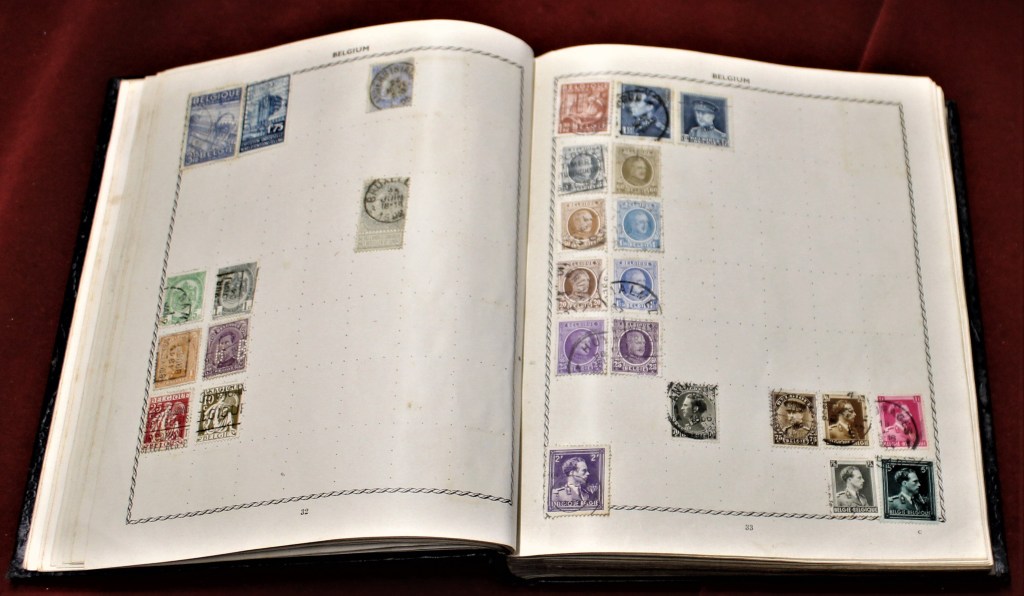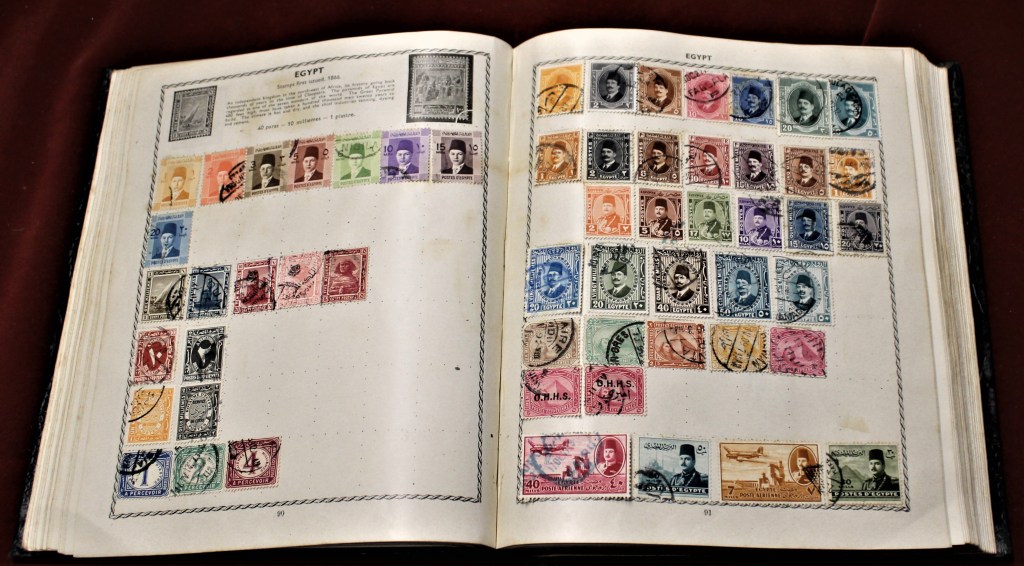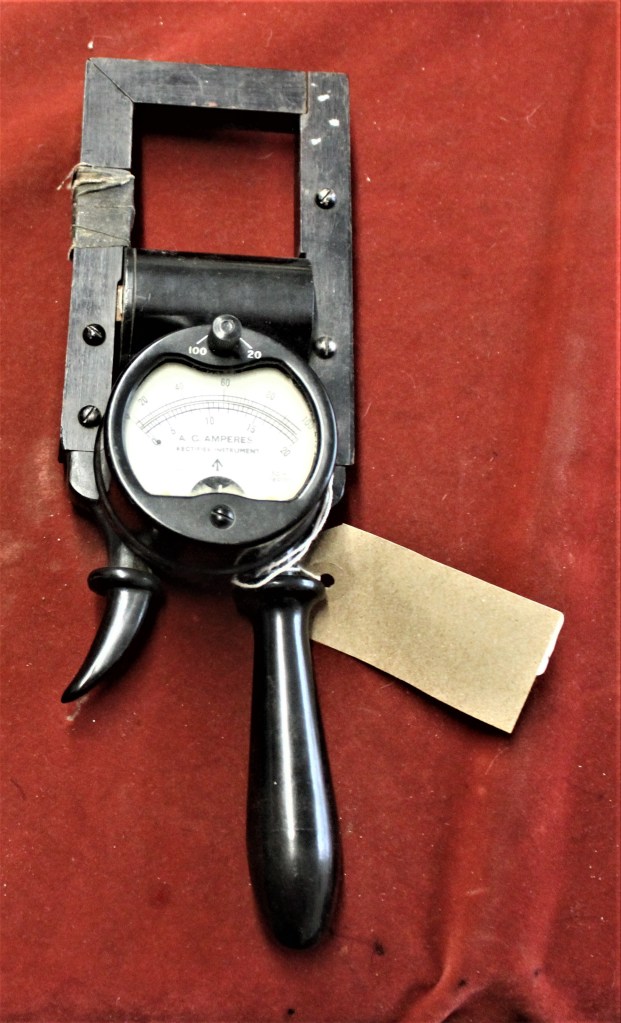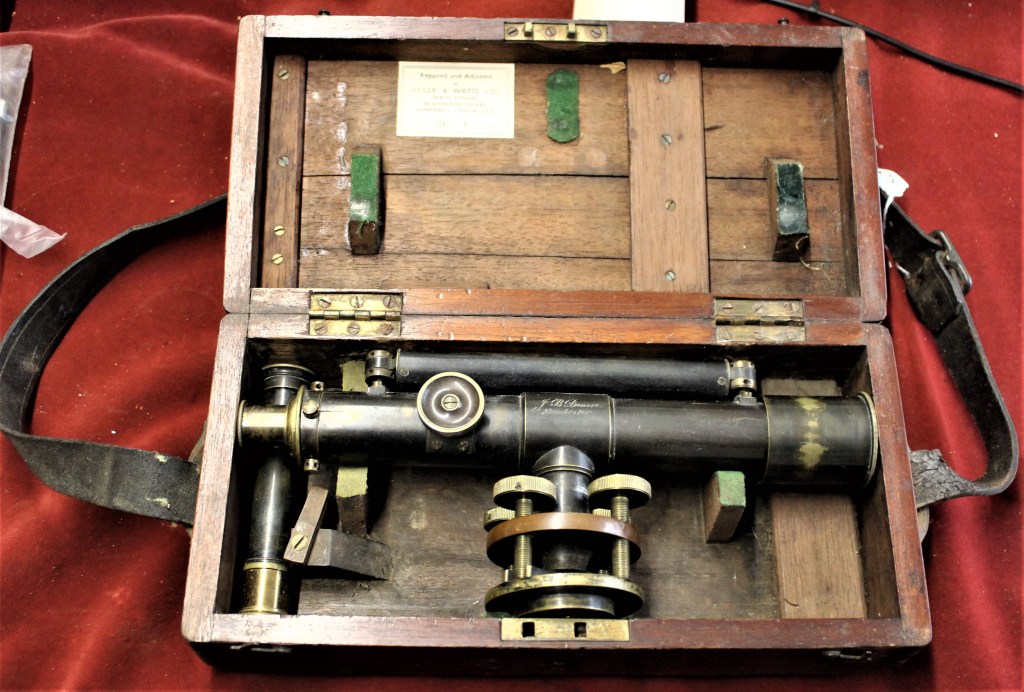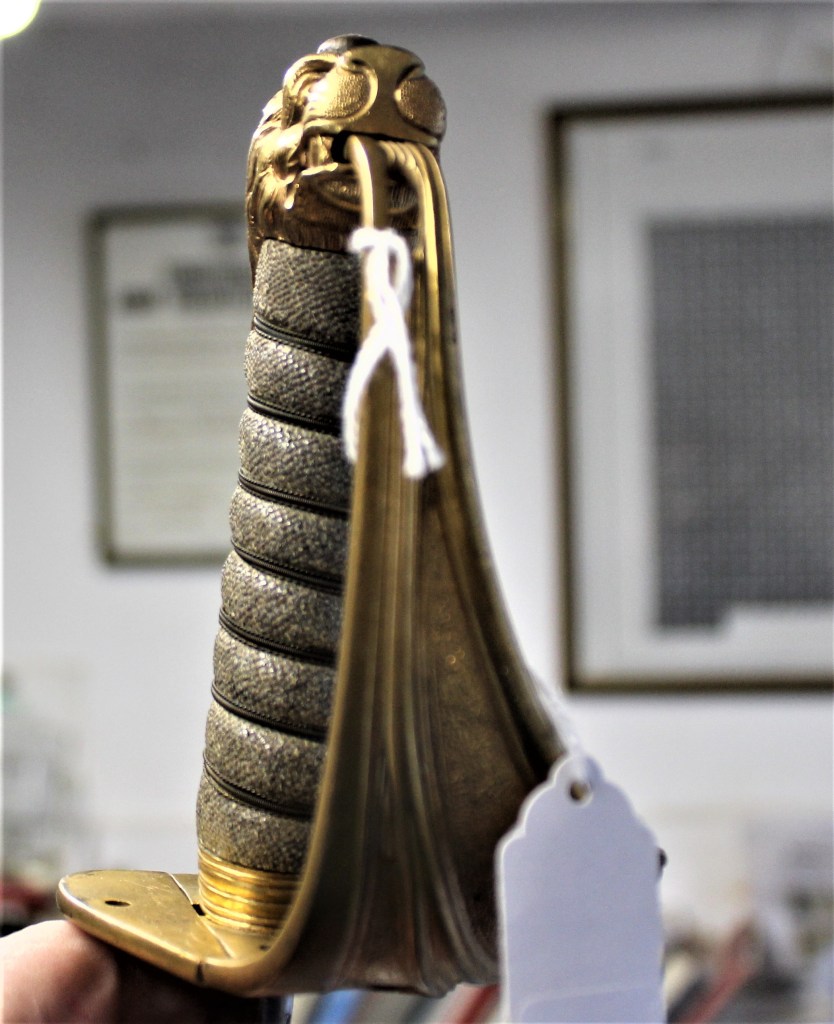This post looks at the extraordinary events that unfolded in Rawalpindi this morning UK time.
AN EXTRAORDINARY FINISH
At the tea interval Pakistan were 257-5 chasing the target of 343 that Ben Stokes had dangled before them precisely a day earlier. Thus this match went into the final session with all results possible (the draw being in the equation due to the fact the fading light would force a halt at approximately 4:45PM local time) rather than the players heading out for an hour of meaningless cricket before the umpires were officially allowed to confirm the draw as would have happened had any current international skipper other than Stokes been in charge of the visiting side on such a flat pitch. Many, especially those who had objected to the Stokes declaration reckoned that the Pakistan victory was the most likely outcome, but that neglected both the time limit imposed by fading light and the fact that the pair in occupation, Azhar Ali and Agha Salman, were their team’s last recognized batters – Pakistan had four genuine tail enders in their team. Agha Salman was the first to fall post tea, and then crucially Azhar Ali was seventh out, leaving the tail enders needing to cobble 83 together to win or else to survive until the light halted play. Anderson removed numbers 9 and 10 in the same over to claim his third and fourth scalps of the innings, drawing level with Ollie Robinson who also had four wickets. Zahid Mahmood joined Naseem Shah, and they held out determinedly for some time.
Eventually the third ball of the the 97th over of the innings, bowled by Jack Leach, pinned Naseem Shah plumb in front. He sent it upstairs, but it was never really in doubt. By my reckoning the wicket fell with nine balls remaining before the light forced an abandonment. Pakistan were all out for 268, and England had won by 74 runs. I hope those who criticized the declaration are enjoying their portions of humble pie – England needed the time they gave themselves to take those 10 wickets. The last visiting side to play a test match in Rawalpindi, Australia in March, had their full first choice bowling attack and managed to take precisely four wickets in the entire match, so for a weakened England to claim all 20 of the opposition wickets was outstanding.
Ollie Robinson was named Player of the Match for his bowling efforts (I would have given it to Stokes for his captaincy, which transformed what have been an Old Trafford 1964 style snoozefest into a test match for the ages – I rank it second among those I have witnessed live behind Edgbaston 2005, but absent that it was right to honour Robinson for his great bowling effort on a lifeless pitch). I stand by every word of my criticisms of this pitch in earlier posts – it was Ben Stokes who engineered a compelling test match out of nothing on a surface that was ridiculously loaded in favour of the batters. England faced only just over half as many overs as Pakistan in the course of the match, winning it because they quite literally scored twice as fast as Pakistan. This match set many records: Highest match aggregate for test match with a definite result, highest match aggregate for a time limited test match (the first and second highest scoring test matches were both supposed to be timeless but were abandoned as draws when the visitors had to travel home, hence this match gaining these two records. Pakistan’s 847 is the most runs ever scored by a side losing a test match, and their 579 is the highest first innings score by a home side to lose a time limited test match (Australia lost after scoring 586 first up at the SCG in 1894, when overnight rain after the fifth day’s play in a timeless match turned the uncovered pitch into a vicious sticky dog and a hung over Bobby Peel claimed six cheap wickets with his left arm spin on the sixth morning, to give England victory by 10 runs). A final note from this remarkable match: James Anderson conceded just 2.35 runs per over, while the average economy rate of every other bowler in the match was 5.09 per over. A full scorecard can be viewed here, and I have included a video of the winning wicket below:
PHOTOGRAPHS
My usual sign off…




























































